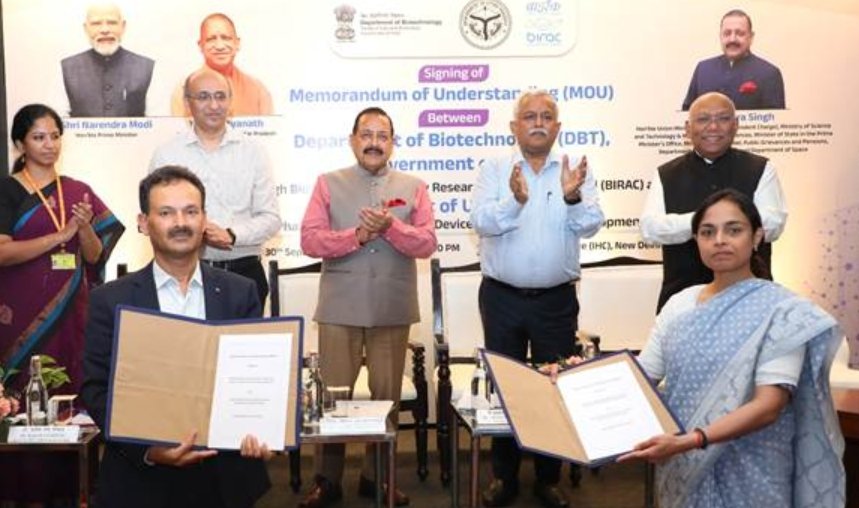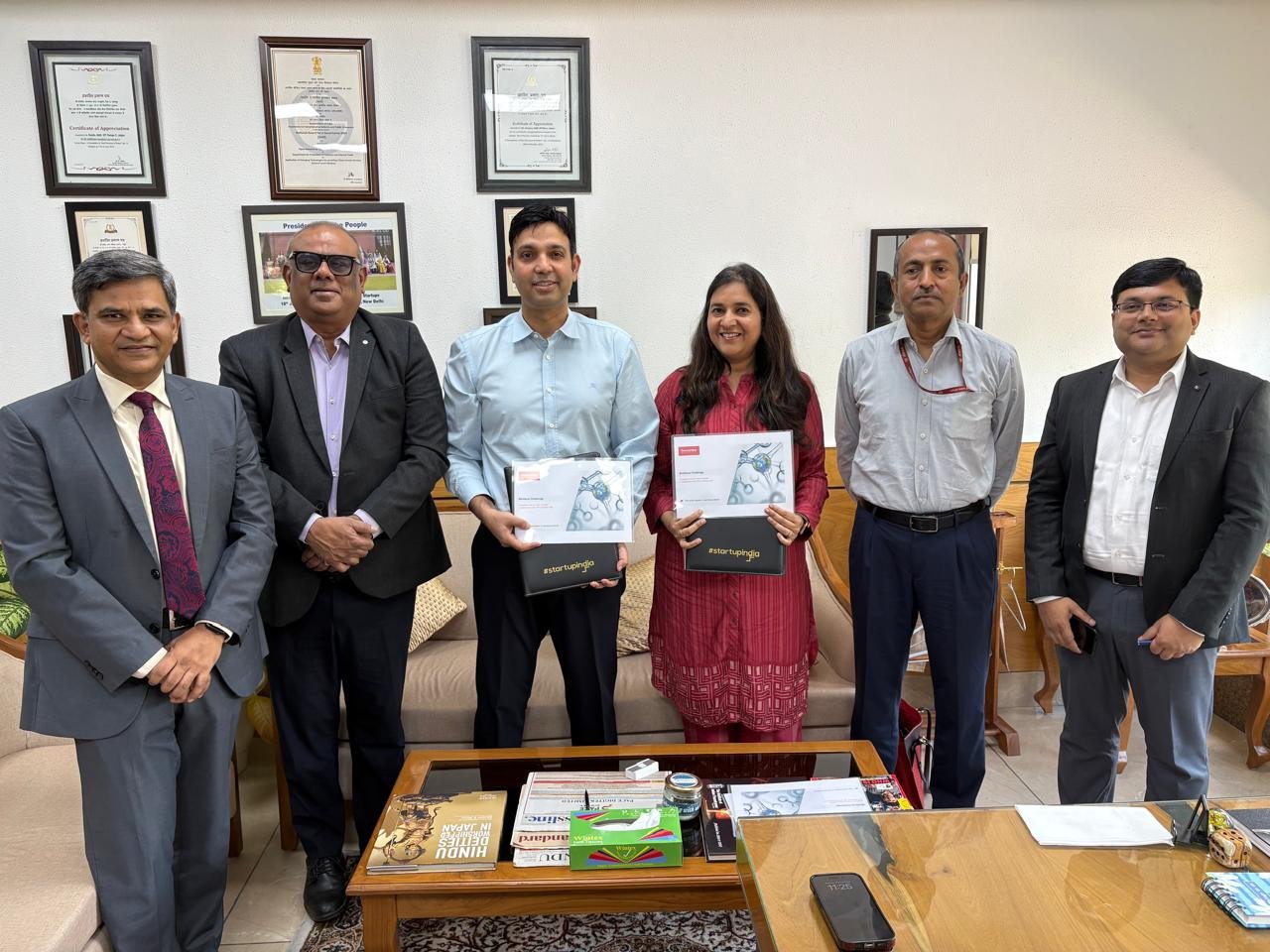The curious case of Bt brinjal
February 04, 2010 | Thursday | News
 The
New Year has not
started well at least for the BioAgri industry. Prime Minister Dr
Manmohan Singh set the ball rolling with his comments calling for a
cautious approach to the approval process for genetically modified (GM)
food products, even as he highlighted the Bt cotton success story. He
made these remarks while inaugurating the 97th Indian Science Congress
session, the annual gathering of scientists, at Thiruvanathapuram on
January 3.
The
New Year has not
started well at least for the BioAgri industry. Prime Minister Dr
Manmohan Singh set the ball rolling with his comments calling for a
cautious approach to the approval process for genetically modified (GM)
food products, even as he highlighted the Bt cotton success story. He
made these remarks while inaugurating the 97th Indian Science Congress
session, the annual gathering of scientists, at Thiruvanathapuram on
January 3.
“The technology
of genetic modification is also being extended to food crops though
this raises legitimate questions of safety. These must be given full
weightage, with appropriate regulatory control based on strictly
scientific criteria,” remarked the PM. And this remark has in
fact set in motion a chain of events that may eventually lead to an
unexpected decision on Bt brinjal.
An open and shut case of
regulatory approval for the first GM food product in the country has
got caught in a major political and public controversy. The regulatory
agency, the Genetic Engineering Approval Committee (GEAC) in the
Ministry of Environment and Forests (MoEF) is the final authority to
approve the introduction of a GM food crop in the country. The
government has not taken any anti-GM policy decision so far.
GEAC is empowered by law
to clear commercial use of any GM product. All pharma products,
approved by GEAC, go to the Drug Controller General of India for final
decision. In the case of agricultural products, GEAC’s
decision is final. Usually, after the minutes of a meeting is approved,
the decision is conveyed to the applicant about the approval or
rejection of a transgenic event. In this case, GEAC had approved the
transgenic event used by Bt brinjal by Mahyco on October 14, 2009.
However, the Environment Minister Jairam Ramesh has taken upon himself
the role of a “super regulator” to have the final
say on the Bt brinjal approval. In fact, Ramesh has publicly stated
that he will gather public opinion on Bt brinjal through a nationwide
consultation process and present the views with his inputs to the Prime
Minister in February for the final call.
This is indeed a very
curious regulatory process. Usually regulators are empowered with legal
and technical inputs to take the final call. Here the anti-GM activists
have been able to drum up support against the October 14 decision of
GEAC based on two points: One, GEAC is not a representative
organization and hence anti-GM views should be heard. Two, a transgenic
food crop such as brinjal is different from GM pharma products and
hence wider consultations are required.
It is the
“unrepresentative” composition of GEAC that has
given both the minister and anti-GM activists the leeway to enlarge the
scope of the Bt brinjal approval process. The GEAC is made up of 31
members. Of them, 10 are bureaucrats and 19 are scientists
—both serving and retired ones, drawn from various
government-funded laboratories. There is one legal expert and the last
one is an economist. So, there is definitely a case to rework
GEAC’s composition to make it more representative especially
since it is going to decide the approval of a dozen more GM food
products in the near future. The proposed government plan to introduce
a new regulatory system for biotech has more or less been consigned to
the freezer. More consumer representatives and eminent scientists not
linked to either the government or industry should be inducted into the
regulatory agency.
Based on the inputs
gathered during the public consultative process, it will be difficult
for the government to approve commercial cultivation of Bt brinjal in
the near future.
Stung by the midnight
December decision on the creation of Telengana issue, Manmohan Singh
government is most likely to play it safe and put the Bt brinjal
approval process in the freezer for a few more years. If this happens,
the interim period should be used to set up credible, independent
testing systems for all GM products so that the regulator’s
words will carry conviction with citizens, at least the next time
around.
Group
Editor
sureshn@cybermedia.co.in










